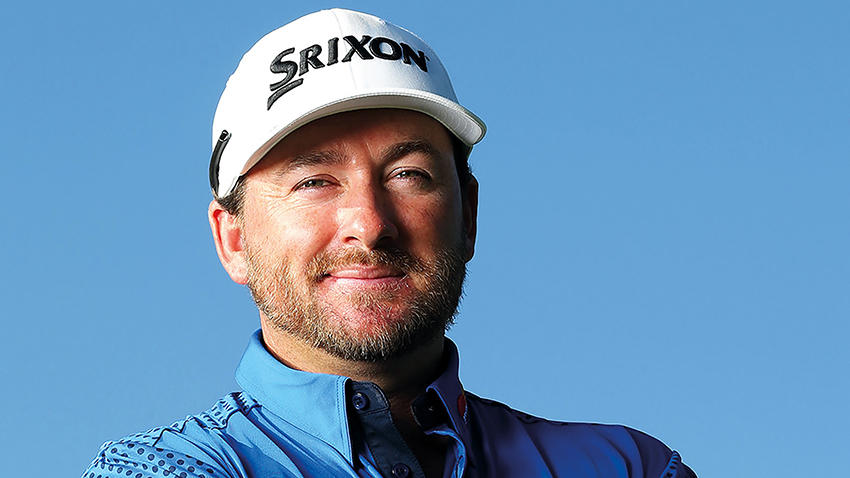- Homepage
- News and Features
- Greenkeepers' Question Time
Greenkeepers' Question Time
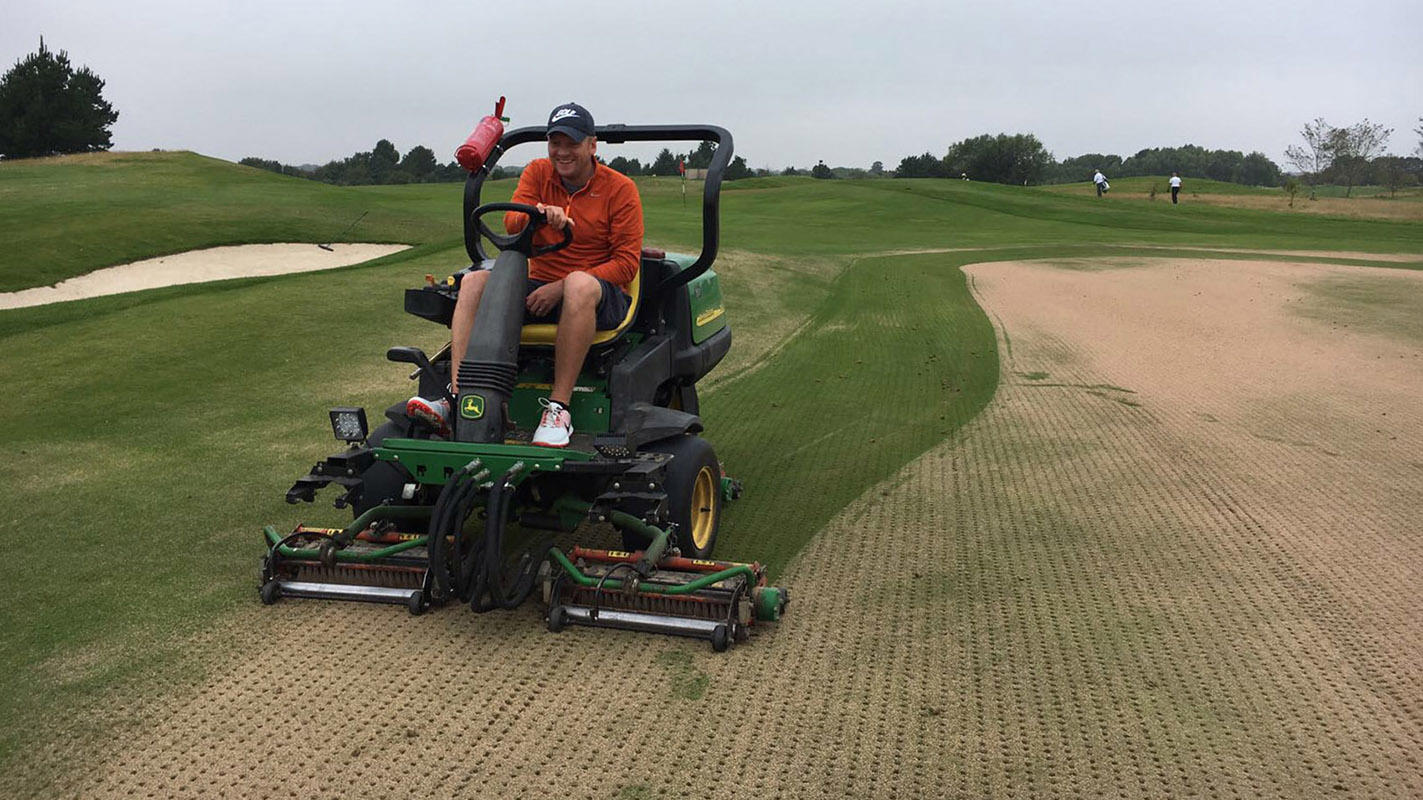
Your Course readers asked the questions and this trio of course managers was tasked with coming up with the answers…
Meet the panel
Greg Fitzmaurice, course manager at Hunley Hotel in Yorkshire
Andrew Wood, course manager at Enville in the West Midlands
Lucy Sellick, head greenkeeper at Wenvoe Castle in south Wales
What would you get off your chest if you could ask your greenkeeper one question?
We put that poser to golfers across social media channels and watched the enquiries flood in. We then picked out the best and put them to three course managers to answer.
Our panels consists of Lucy Sellick, head greenkeeper at Wenvoe Castle in the Vale of Glamorgan, Greg Fitzmaurice, course manager at Hunley Hotel in Yorkshire, and Andrew Wood, who leads the team at Enville in the West Midlands.
Here’s what they made of your queries…
Why do you renovate greens during the height of the playing season?
Andrew: One of the main reasons is that, by August, our greens begin to show slight signs of a drop in performance – whether that be drainage characteristics or turf quality. It also means we don’t have to do much to them again until the following January and enables us to keep summer conditions well into the autumn.
We also get quicker recovery, a larger percentage of seed establishment and it’s usually easier to get the topdressing into the profile. There is less chance of disease with healthier turf going into the high pressure period of September and October.
In years gone by this work may have been done at the end of the season, putting the plant under huge stress, damaging or smothering the leaf and increasing the chances of a fusarium attack in conditions less conducive to recovery.
Greg: The only renovation work we undertake at this time is monthly micro-tining. With predominantly fine perennial grasses and only minimal inputs of fertiliser, there is no real need for removal or dilution of organic matter through renovations. Only minimal accumulations from growth allow the natural biological breakdown to control organic matter without us needing to intervene.
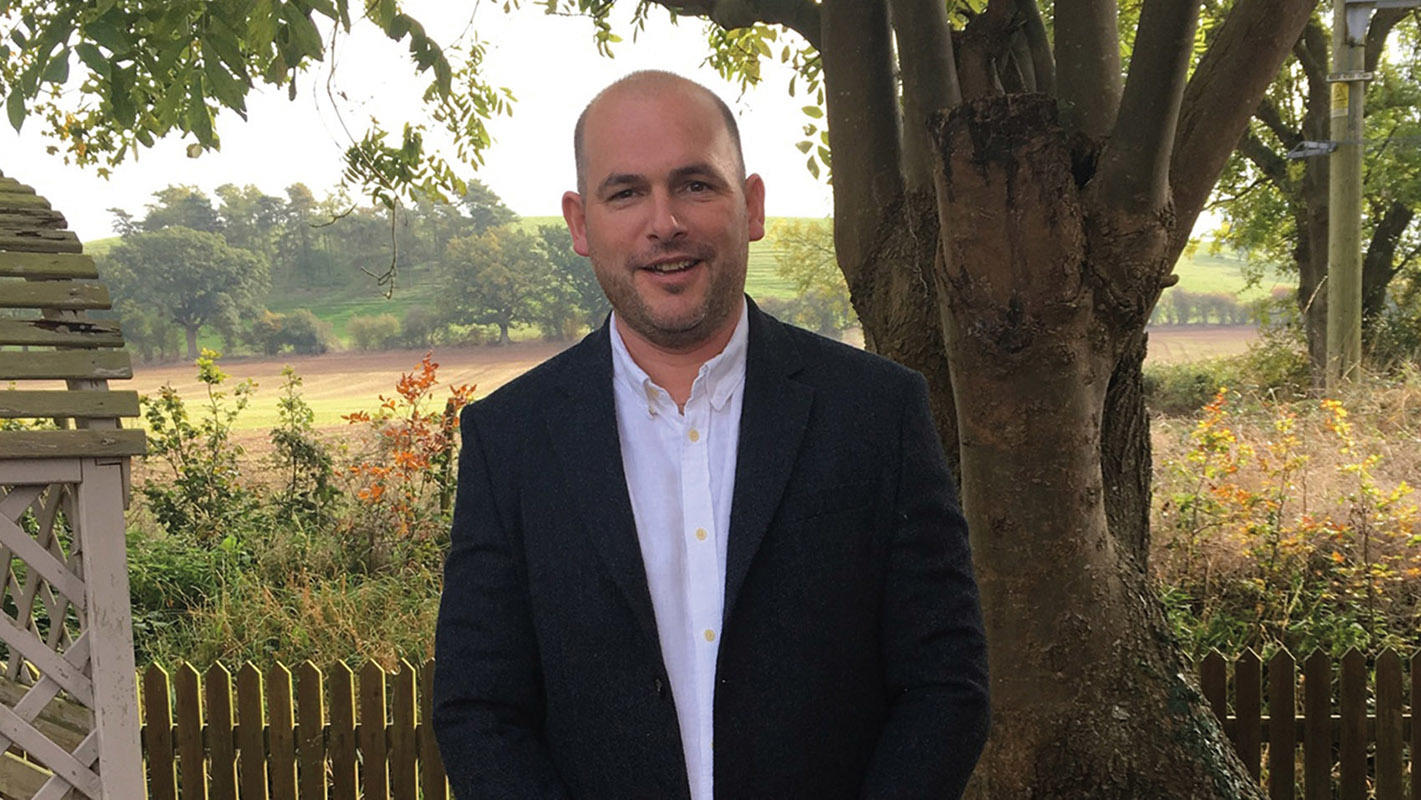
Andrew Wood
How much attention would you pay to competition set up, such as where you put the flagsticks?
Lucy: I try to maintain the course to a high standard every day of the week – whether it is a Tuesday or Saturday. But some days do get a few extras. At championships and finals weekends I produce a pin sheet and there will be extra rolls of the putting surface leading up to the event, as well as playing off the back tees.
I also empty the course of staff and machines ahead of the golfers teeing off. That means an early 4am start for the team. We’re finished by 10.30am, but that allows us to do much more work without interruptions.
Andrew: If we are hosting a major event, the pins will be set by the organisation that is hosting it – either the R&A or England Golf. In preparing for these weeks, we would tend to put flags in areas that we know they wouldn’t use for the event. I would speak to the organisers about where they should perhaps avoid placing a pin, perhaps because there has been heavy rains and flooding.
Tee positions are also determined by the organisation. The course is generally set up for the members as it would be for tournaments. The only difference is that the surfaces become more polished, with additional evening mowing and reduction of height of cut to most surfaces, as we build up to an event.
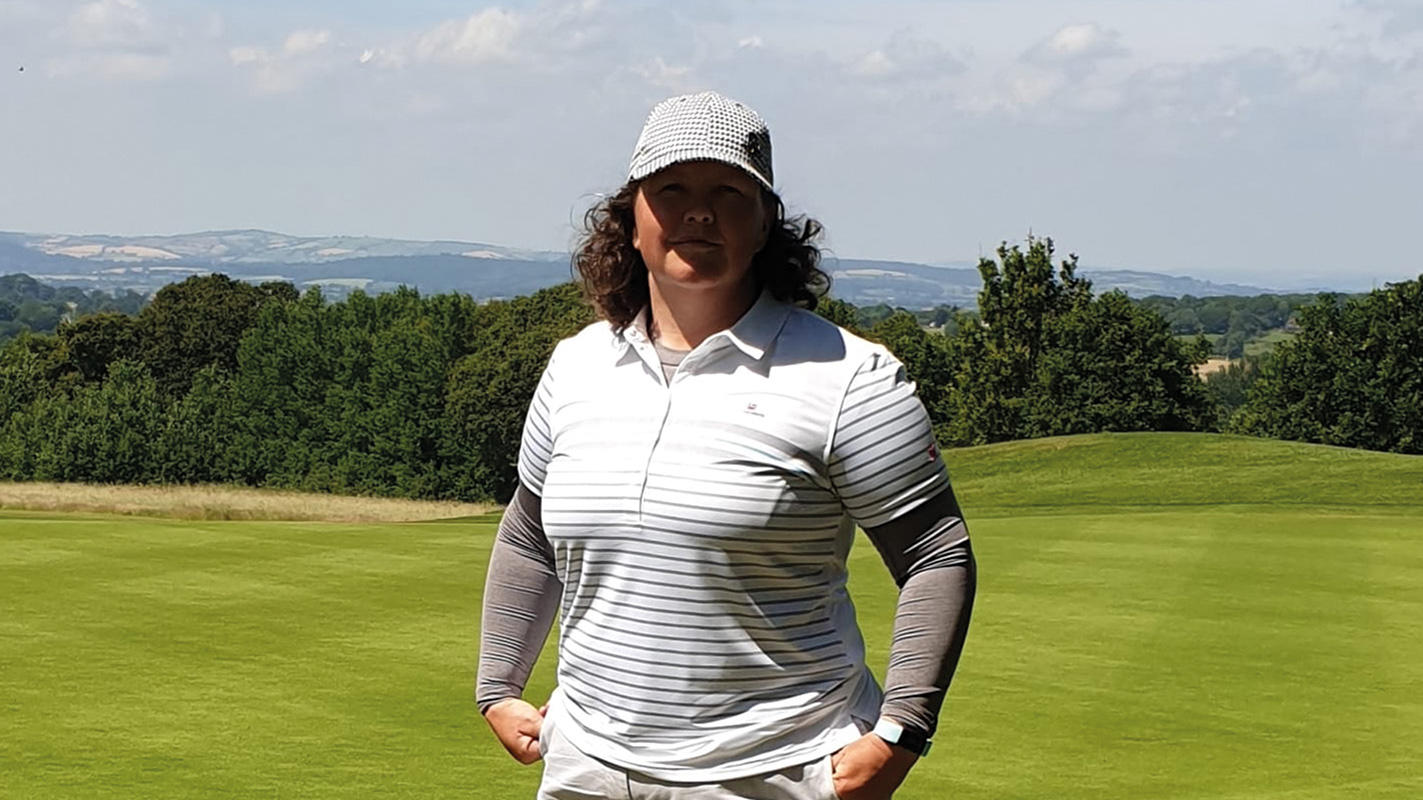
Lucy Sellick
How do you choose which seeds, fertilisers and chemicals to use on your course?
Andrew: Many factors influence why I choose a particular product. Our heathland site dictates I purchase much more fescue and a lot less rye then I would have done at the parkland course I previously worked at. This is due to the nature of the land we manage and what performs best on an open sandy site, compared to a heavy clay soil site surrounded by trees.
Deciding on the grass species is based on factors, such as previous history with the product, on-site trial results, supplier support and a good working relationship, quality and value for money. This is the same for whatever we buy. It has to work on our site.
We do many trials on our extensive practice facilities to see what is going to work best for us out on the course. I am using chemical products here that I have never used before as we need to control the likes of bracken and Himalayan balsam, which are again site specific.
Lucy: When selecting products, I tend to use what I know and trust. But with the changes needed because of the withdrawal of some chemicals, we need to keep our greens healthier, so they aren’t vulnerable to diseases, and so we’ve been trying different approaches.
Value for money is important as we all have budgets to keep, while at the same time you can’t compromise on the quality of the playing surface. Networking with other greenkeepers helps. I also do some homework as there are plenty of research papers out there.
Greg: We use only fescue when seeding as this is the most common species found at Hunley and the most suitable for the site and style of course.
The fertilisers we use are also chosen to suit fescue, which is basically just nitrogen. With most conventional fertilisers, though, the nitrogen converts to nitrate after it is applied and this favours Poa annua, which we don’t want.
We use only specific fertilisers produced using a technology that prevents nitrification, which maintains sufficient health without as much top growth.
The only chemicals we use are selective herbicides to control clover. No fungicides or insecticides have been used at Hunley for almost three years and ideally we’d like to be completely chemical free.
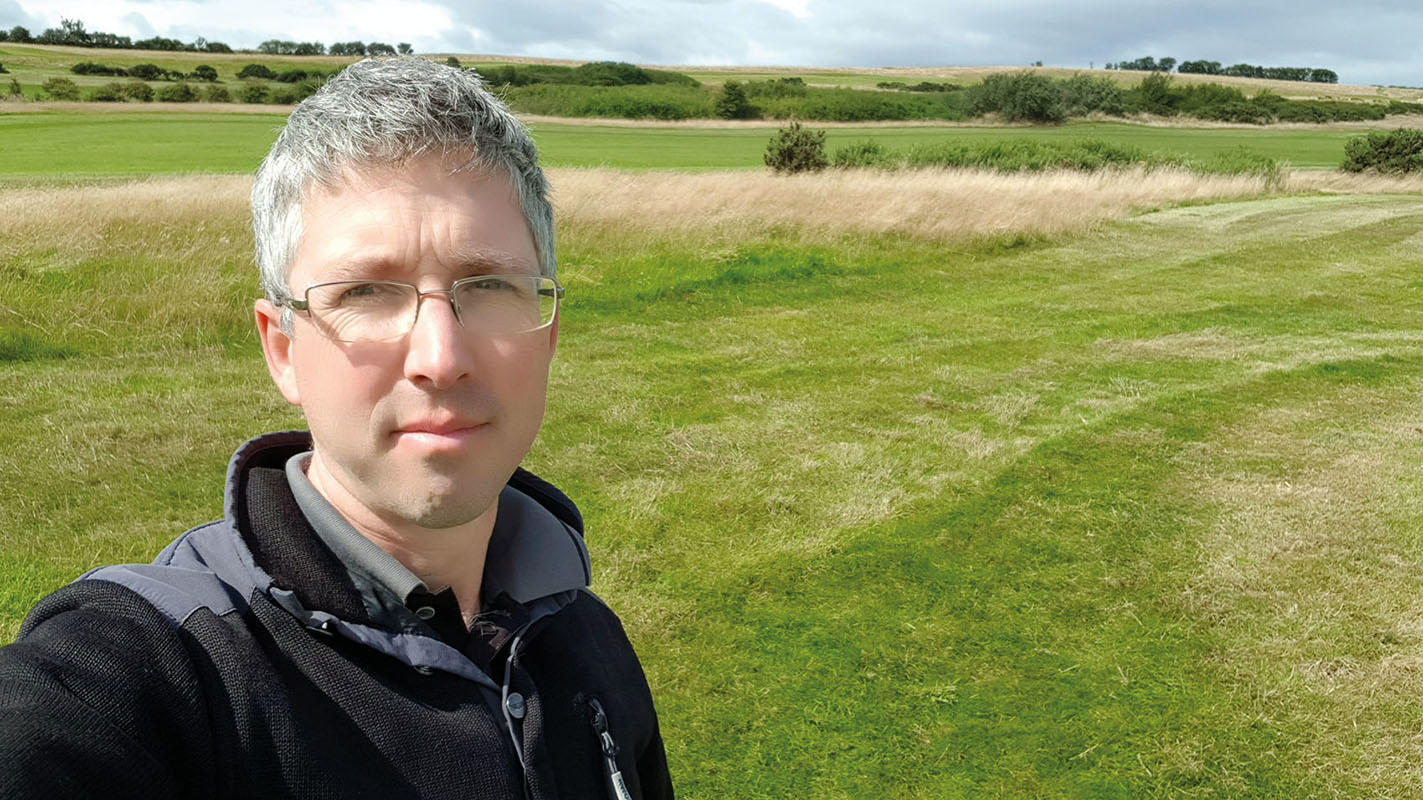
Greg Fitzmaurice
Some clubs have uneven tee boxes and it can be hard to find a level place to stand. Why is that a problem and what can be done to prevent and fix it?
Lucy: It’s mainly due to poorly built tees – those constructed with no supporting side to stop soil creep, or sub soil layers that were not compacted correctly before adding drainage. At Wenvoe Castle, we have produced a priority report. Some tees have been marked as no work is needed other than a rebuild, while others will have the turf lifted, levelled and relaid.
Greg: This can be a problem on particularly old tees that were poorly constructed or are suffering from subsidence. Eventually the divots taken by golfers will lead to a very uneven surface across the tee box. A way to minimise the issue in the future would be to smooth divot repair using a drag mat or trulute.
How are you coping with damage to holes as people leave the flagstick in to putt out?
Andrew: Our holes are getting knocked about quicker than they did in the past, probably from people trying to get the ball out while the flag is still in.
I’d definitely say we have increased the number of times we change holes since the rule change. And it hasn’t really sped up play, which is why it was introduced. If anything, it is worse as someone from 15 feet might want the flag taken out so it is removed and then someone putting from slightly closer wants it left in, so it goes back in. This in and out with the flag continues until they have holed out.
Lucy: We’ve not had to increase the number of hole changes, which are still at two to three a week, but we have put a pair of scissors on all machines so the greenkeeper who is mowing the green can trim the holes and we do that daily.
The rule change hasn’t affected us too much but there are pictures circulating of shocking holes, where players are using putters to remove the ball and leaving the flags in while they do it.
When you see courses on TV, does that excite you or act as a frustration because of members’ increased expectations?
Lucy: I have to say both. We need golf on TV to get more people interested in the sport and I’d love to see more coverage of golf course set up. This would get the greenkeeping trade noticed and help future recruitment. When you watch The Open, or The Masters, it makes you want to pick up your sticks and play. Seeing all the different ways each tournament chooses to present their course gives us ideas that we can take out on to the course.
The frustration comes when members expect the same level of presentation from us, with probably a 10th of the budget and staff levels, but it should give us all something to aspire to.
The Autumn 2019 edition of Your Course is in clubhouses now and features this and a number of other interesting topics about the work of greenkeepers and how they prepare the golf course for your enjoyment. You can also download a digital copy of the magazine from the BIGGA website.
If you enjoy reading Your Course or you’ve got some ideas on topics we should cover or how we can improve the magazine, we’ve got a survey that you can answer that gives you the chance to win a Precision Golf rangefinder.
Author


